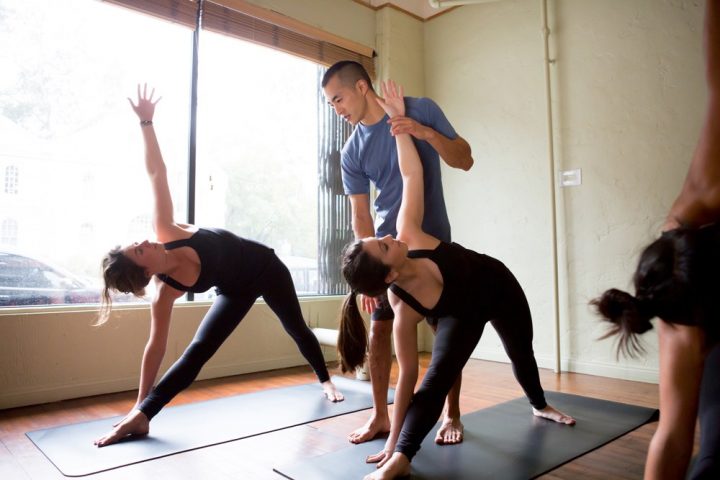Teaching yoga: how to turn your yoga passion into a livelihood
How to become a professional Yoga teacher?
You decided to start a yoga practice to relieve stress, anxiety and tension, and maybe reduce the unsightly fat from your hips. Then, somewhere between your first sun salutation to mastering Bakasana, something happened. You started familiarizing with key Sanskrit yoga terms and became addicted to the new respect you have for your body. You have seen how yoga has changed you from being a very anxious person to being more productive, peaceful and able to deal with stress and everyday life. You love the calming feeling that practicing yoga carries through your day and realized that it is helping you become the best version of yourself.
An interest for practicing yoga led to the passion for sharing yoga with the world. The motivation to sharing yoga is the difference between a hobby and a career.
This is how most yoga instructors seem to have found their career path. What does teaching yoga really look like, though? Can you make enough money to support yourself? Are you really ready to deepen your practice, take it to the next level and enroll in teacher training?
As the yoga industry grows, so do the employment opportunities. The continually increasing popularity of the events across the UK and Australia is proof yoga is a booming industry. Studios and gyms are literally flooded with people wanting to teach yoga.

Before you start your path toward teaching, there are some crucial factors to consider. First and foremost, ask yourself the reasons why you want to teach yoga.
Are you sure that’s your path? Is sharing the benefits of yoga with your community and helping others develop their spiritual practice your goal? Financial gain should not be the only reason for wanting to instruct.
No matter your age, location or background, listen to your heart. Ask yourself if you are comfortable talking in front of large groups of people, if you can manage your time properly and if you are punctual.
Passion for the discipline is not enough. Dedication, hard work and a positive, creative and motivating personality are necessary for teaching yoga. Becoming a yoga instructor is a challenging and rewarding journey, not for everyone.
How much you can earn teaching yoga
A sustainable yoga career doesn’t happen overnight. Most yoga instructors start out teaching yoga classes for free or as a second job. More established yoga teachers are able make a living teaching yoga. Like anything, it takes time, determination, patience and consistency.
Teaching yoga is not a traditional 9-5 salaried job in which you can easily calculate how much you will earn every single month. Yoga instructors usually work at several different gyms and studios and are paid per hour. Their income may vary significantly from month to month. Consider that, working as a freelance yoga teacher, there won’t be any paid vacations and paid sick time.
You need to work diligently and consistently. Many yoga instructors find balance through teaching yoga classes while keeping their day jobs or getting a new second job for financial stability. You can also add private sessions, workshops, events, special class series, planning retreats, teaching online and even selling e-books.
Yoga teacher training
In order to become a full-time yoga instructor, you need a teaching certificate as well as an accredited status from a yoga association. Each association has its own requirements. Many course providers are offering a vast array of yoga teacher training courses, available online too. Getting a yoga teacher training sets you on the right path way to becoming a professional yoga instructor.

Assist and practice
Find a yoga class and veteran teacher that you can assist for a couple of months. Assisting is the perfect way to gain hands-on experience. You are expected to volunteer to teach a number of classes. Teaching yoga classes for free is part of the learning process to become a successful yoga teacher and gives you the opportunity to improve your skills and refine your abilities. These classes teach you how to use the tone of your voice and how to provide modifications for children, vulnerable people and students with physical limitations and different needs.

